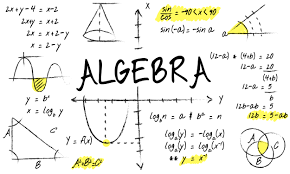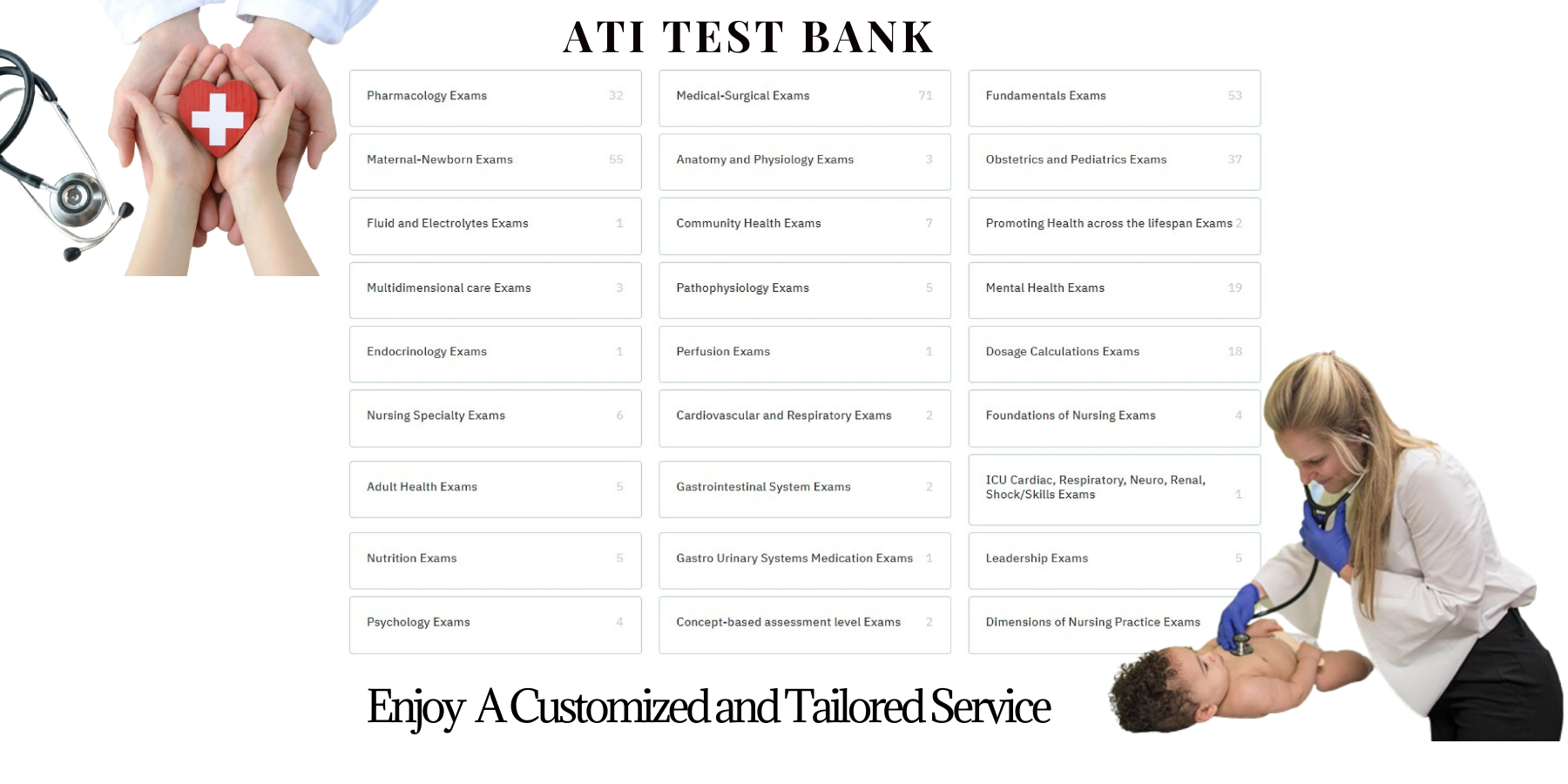Any student seeking admission to a nursing school or allied health program must first take the TEAS test. The TEAS test has four sections in Reading, Math, Science, and English and Language usage. Math is one of the most challenging sections of the TEAS test. So, what kind of math is on the TEAS test?
At Naxlex, we have a TEAS practice test that provides thousands of TEAS math questions that help familiarize yourself with the format and type of questions you will find in the actual exam in the math section. All our practice tests will enable you to identify the areas you need to improve. Our tracking tools will monitor your progress to ensure all goes to plan.
Sign up for our premium package and have access to over 1500 TEAS practice questions covering all four sections. You can be sure of getting a 90% pass rate. We will refund your money if you score 85% on our assessment but fail your actual test.
The Kind of Math on TEAS Test 7
In June 2022, ATI replaced the TEAS 6 test with TEAS 7. Here are some things on TEAS test 7 to help strengthen your skills and knowledge.
Numbers and Algebra
The Number and Algebra section is much longer than its sibling. It has an average of 16 questions. It is one of the most challenging sub-sections with many objectives to meet. Some questions will be in statement form that you must convert to equations or another mathematical expression.
Furthermore, this category will have word problems in ratios, rational numbers, percentages, and proportions. You will also have to work with single-variable equations and estimation variables. Ensure you brush up on your algebra knowledge and skills to tackle questions under this category. Additionally, you will also have to review the rational numbers, their properties, and several other ratio types.
Numbers
- In the arithmetic subcategory, you must understand the four basic operations positive numbers, negative numbers, fractions, percentages, and decimals.
- In the place value, understand how every number in a sequence is determined as ten, thousand, hundred and one, and much more depending on how it relates to the place value.
- A student must know how to compare numbers by aligning place values.
- You must understand the rules for negative numbers, including multiplication, subtraction, addition, and division.
- PEMDAS needs to be understood, an essential rule for solving expressions and determining the order of solving every word.
- You also need to know how to read and work with decimals.
- Students must also know the relationship between the denominator and numerator, work with mixed and equivalent fractions, order fractions, and find the most significant common fraction factor.
- The candidate also needs to understand adding and subtracting percentages and calculating percentage amounts.
Algebra

- In the variables and constants, you will need to understand that constants are symbols that represent a value that never changes.
- Students will also need to understand that combining coefficients in particular circumstances simplifies expressions that must be solved.
- Students must know how to use inverse operations to isolate a variable.
- You also need to understand problems stated in words rather than just numbers. Get to know the terminology variants for all four basic operations.
Measurement and Data
It is a shorter category with 16 questions on it. However, it is complex since students have to deal with quantitative data in different forms. You will have to fill tasks like reading graphical data, analyzing particular information, translating measurement units, and describing how the variables pair interacts.
Measurement
- You must understand the measurement units, including fluid ounces, feet, and pounds.
- Under the metric measurement system, understand the measurement units, including meters, centimeters, kilos, and grams.
- You must also know a few conversions and how you can apply and reverse them.
- Students must also know how to work out a volume, perimeter, height, and width.
Data
- You must learn how to read different tables, charts, and graphs.
- You also need to know how to estimate the figure to enable you to check your answer and get familiar with reading and interpreting all graphic representations.
- Know how to round up and round down numbers.
Struggling to pass the TEAS exam? Pass on the first time
Studying for the TEAS takes much of your precious time and adds to the stress. Naxlex engages you through interactive learning tools such as quizzes, videos, and study guides.
With questions almost 90% similar to actual exams, you will be guaranteed to pass them on the first try. Try our premium package here.




